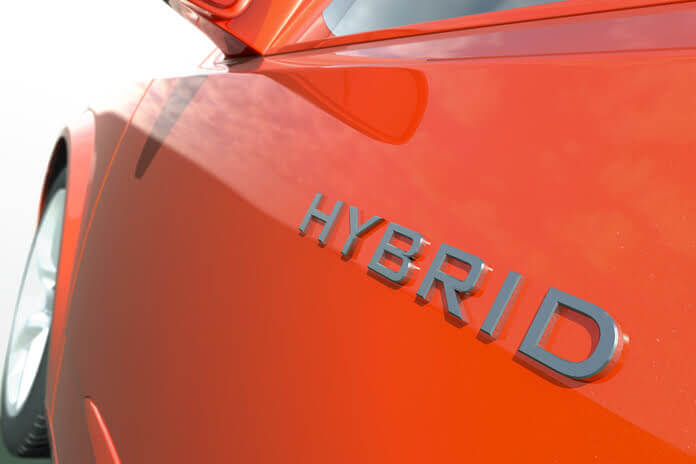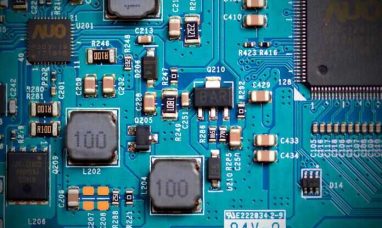Toyota Motor (NYSE:TM) recently declared that it is rebooting its strategy for India by putting more money on the proposition that if hybrids are offered at the correct price, demand will be generated in emerging countries.
Toyota Aims to Sell Less Expensive Hybrids
Since its introduction in India in 2013, the hybrid Camry sedan’s performance has not been solid. The vehicle’s list price was more than eight times the annual income of an average middle-class family in the nation, which contributed to the vehicle’s dismal sales numbers.
The Japanese car giant is eager to change the game with less expensive hybrids. By producing full hybrid powertrains locally in India, it hopes to lower its price.
Toyota’s approach in India, which depends on fossil fuel hybrids, is inconsistent with that of its international rivals, who have stepped up their attempts to introduce pure EVs. Therefore, Toyota’s achievements in the subcontinent will be tested in the hybrid wager.
Due to their smaller batteries and independence from charging facilities, hybrids are typically less expensive than EVs. In markets like India, where consumers are price conscious and charging infrastructure might be patchy, these variables are crucial.
TM reportedly wants more first-time purchasers in India to have full hybrid vehicles as the first step toward widespread electrification. Local sourcing would be strengthened gradually, and production would be competitive.
To capitalize on Suzuki Motor’s (OTC:SZKMY) low-cost engineering know-how and mild hybrid technology, Toyota intends to harness the influence of its partnership with Suzuki Motor.
The Urban Cruiser Hyryder, a compact SUV projected to cost roughly $25,000, or less than half the price of the Camry, will be Toyota’s first new hybrid to touch Indian roads. Together, Suzuki and Toyota will market the Hyryder.
It would then be a competitor to Hyundai Motor Co. (OTCPK:HYMTF) and Kia Motors’ well-liked midsize combustion-engine SUVs.
The Hyryder will have an advantage over the Hyundai and Kia diesel vehicles, though, as it will have a fuel efficiency rating of 28 km per litre (65 miles per gallon), which is essential for Indian consumers.
A hybrid system designed for subcompact cars, or one size smaller, will be employed to save costs. With this combination, an SUV will be produced that is comparable to or somewhat less expensive than TM’s well-known Prius sedan, with a starting price of $25,000 in the United States.
In India, the pricing difference between a TM full hybrid and a comparable gasoline-powered car is still $3,400, which is more than the normal difference for Toyota in most other nations, which is around $2,000 per vehicle.
Toyota will also offer Hyryders a Suzuki-supplied mild hybrid drivetrain to increase sales in India’s competitive market. Toyota has always favored full hybrids, so this is a change. The change serves as a reminder that the car manufacturer has not been able to reduce the price of full hybrids to make them competitive in a market like India. But once more, it shows how Toyota differentiates its strategy based on the market’s demands.
According to insiders, the second hybrid from Toyota for India would be a people-carrier with a late-year or early-2023 release date.
In India, where taxes on hybrids are 43%, significantly higher than the 5% tax on electric vehicles and comparable to those on gasoline or diesel SUVs, taxes are another issue that impacts the car’s price. Toyota has been working hard to reduce taxes, but thus far, without success.
Hybrid powertrains should support the Indian government’s efforts to increase domestic production.
Hybrids will also assist Toyota in meeting regulatory requirements as India tightens fuel efficiency and emission standards for automakers because credits collected will offset the manufacture of fossil-fuel vehicles.
The automaker’s joint venture with its components affiliate Aisin Seiki Co and India’s Kirloskar Systems has started at the Toyota Kirloskar Auto Parts facility in Bidadi, an industrial town close to Bengaluru in southern India. The plant is producing E-Drives for the Toyota Hybrid System. It produces the Hyryder in its Bidadi plant, which can produce 200,000 automobiles annually.
Toyota thinks the Bidadi factory will serve as a regional supply network for the EVs it intends to import into India.
One assembly line at the facility can produce an astonishing 135,000 E-Drives annually, and two additional assembly lines may increase production to more than 400,000.
The initiative is expected to result in double-digit cost savings compared to imported systems.
It is a significant undertaking for Toyota, but the company is committed to seeing it through skillfully to boost its electrification performance in the nation.
Toyota shares have decreased 9.8% over the past year, while the industry has declined 28.6%.
Featured Image: Megapixl @Mopic

















